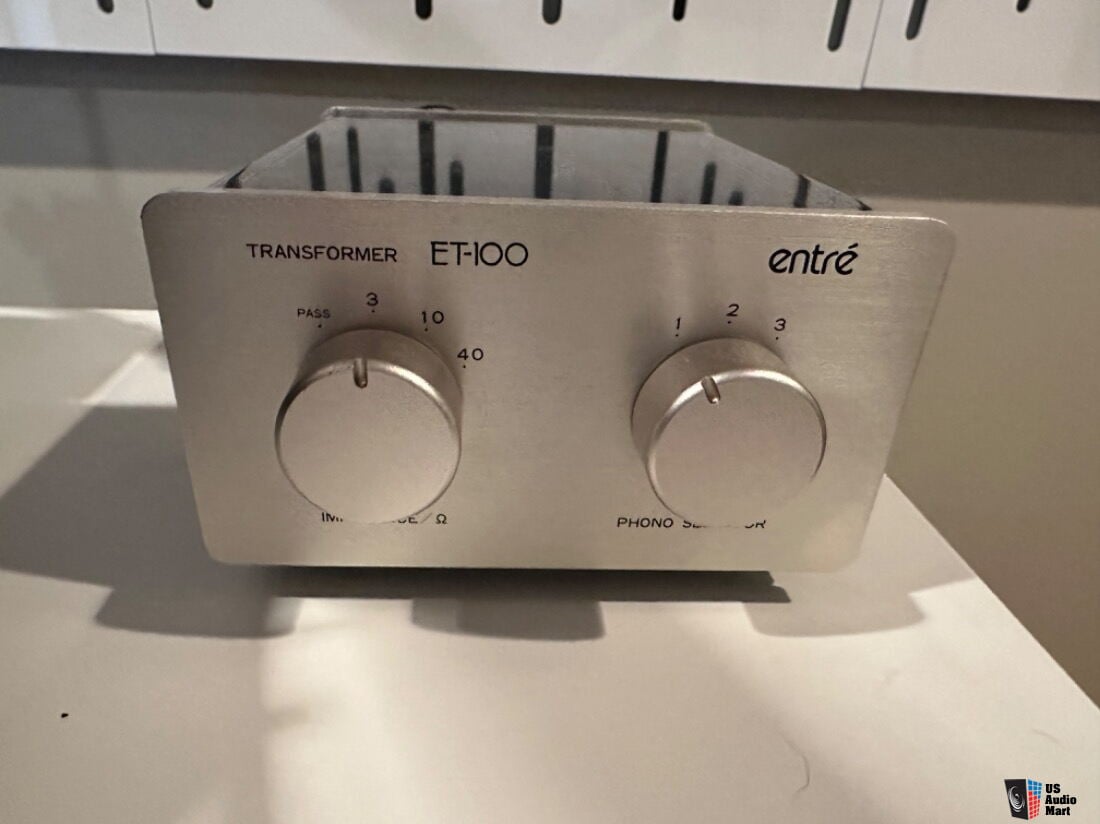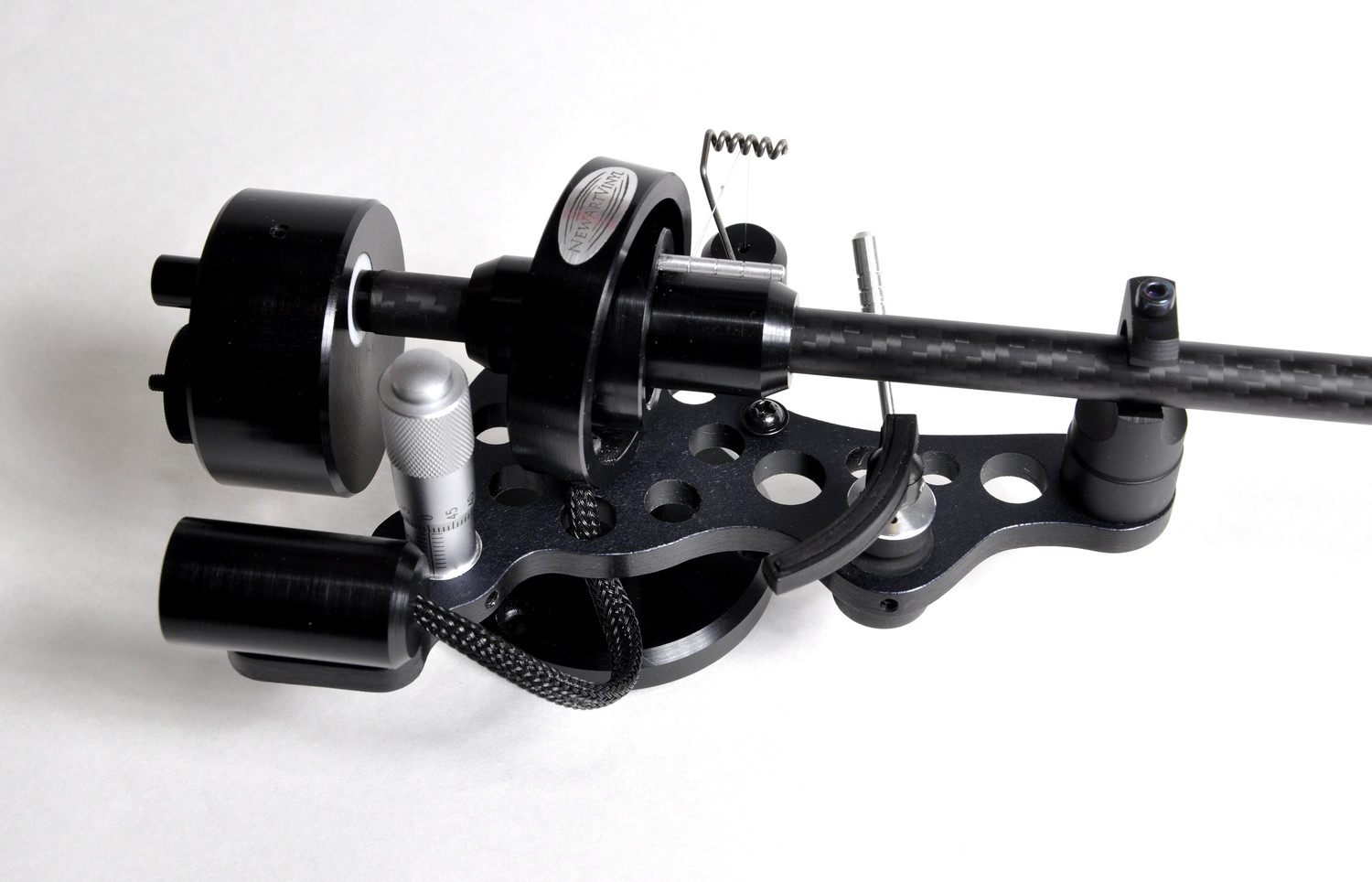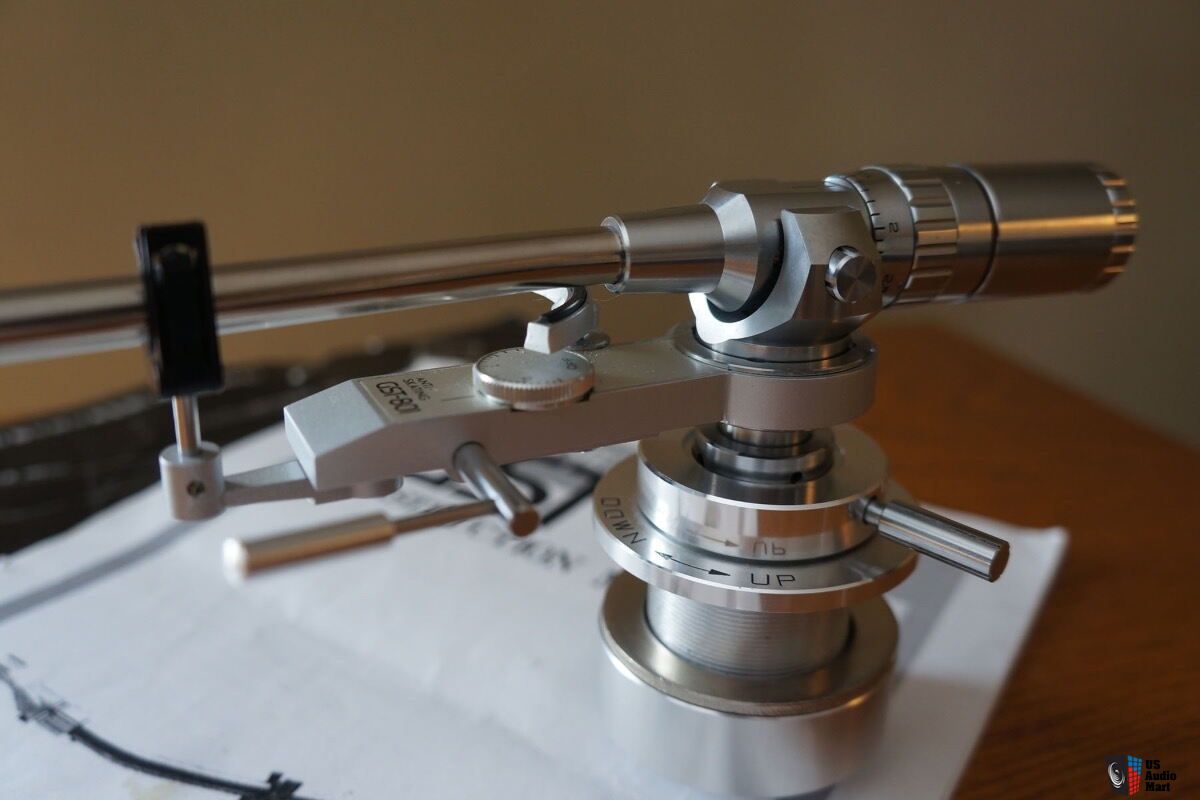I have a TT with 3 Tonearms, the heart of my system

I luckily found a Step Up Transformer with 3 inputs/1 Out to MM Phono Input. 3 front selectable tonearms, and 4 optional impedance/x-factors, and PASS for MM cartridge. Any input can be MC or MM using PASS.
Fidelity Research FRT-4


An Entre 100 also has 3 front selectable inputs, PASS, 3 selectable impedances/x-factors.
They come Silver or Black


Other members may know of others. Front Selectable, some you need to mess with the back of the unit.
,,,,,,,,,,,,,,,,,,,,,,,,,,,,,,,,,,,,,,,
Preamp's MONO MODE
Mono LPs content: horizontal movement only, however, there is inadvertent vertical content: scuffs, warps, dust/dirt in the grooves.
Mono Cartridge Ignores ANY inadvertent vertical movement! Play it thru a Preamp’s Stereo Mode, or Mono-Mode: sounds very good.
Play Mono LP with a Stereo Cartridge: it makes NOISE from any/all inadvertent vertical movement, and sends that noise to the preamp. Stereo Mode: directionality is created, distracting from the intended mono. Actually Mono MODE will double that noise by sending it to both speakers. One solution is to play thru only 1 speaker (as they did in that era). That also avoids our habit of listening for excellent imaging.
This is why Mono LP’s played by Mono Cartridges is better: a little better or a lot better. I have aa few Mono LPs from the late 30’s, (think early Lois Armstrong, others when becoming great). Stereo Cartridge: history lesson, never play again. Mono cartridge, a musical experience, likely to play again, for yourself and friends.
You do not get imaging, but you do get individuality of the sounds of various instruments, identify the trumpet from the trombone, impossible when played with stereo cartridge, just a wall of mush.
.........................................
My friend brought his Beatles LP sets: Mono and Stereo Versions
Mono: 1st and every play: you are more aware of the words, story of the song.
Stereo: Great, exciting, but the ’improved’ sound, imaging does distract from the story of the song, until of course you have heard it a few times.







